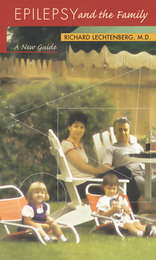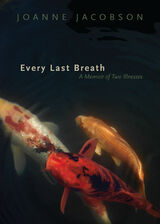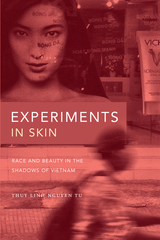6 start with E start with E



Epilepsy and the Family: A New Guide updates Richard Lechtenberg’s classic handbook for people with seizure disorders and those closest to them. It offers coping strategies for the wide range of practical and emotional challenges that epilepsy can introduce into the family: marital and sexual difficulties, concerns about pregnancy and inheritance, drug compliance and abuse among teenagers, personality changes and suicide. This new guide addresses the personal questions that adults with epilepsy may be reluctant to ask their physician, and it offers chapters tailored to the special stresses of spouses, parents, and siblings who, like the patient, must live with a seizure disorder.
As many as two and a half million Americans have epilepsy. Thirty percent of them are children under the age of 18. And there are 125,000 newly diagnosed cases each year. A practicing neurologist with decades of clinical experience, Lechtenberg clearly and concisely explains the biology behind this complex and relatively widespread class of diseases. He discusses the various medical conditions that can cause seizures in children and adults and points out that the cause of many seizure disorders is never discovered. Patients and those who care about them will find authoritative but accessible advice on various medications and surgical approaches and the information they need to ask informed questions of their doctors. For the medical professional, this book offers important information on how to better treat the patient with epilepsy by recognizing the needs of the entire family.
This revised edition addresses:
— New drugs and surgical techniques that have been developed in the past 15 years
— Pharmaceutical and non-pharmaceutical treatment strategies
— New clinical data on drug combinations and side effects
— Up-to-date statistics for mortality, reproduction, violent behavior, divorce, and suicide

The first comprehensive account of the major disease-eradication campaigns from the early twentieth century right up to the present, Eradication places these ambitious goals in their broad historical and contemporary contexts. From the life and times of the American arch-eradicationist Dr. Fred Lowe Soper (1893-1977), who was at the center of many of the campaigns and controversies surrounding eradication in his lifetime, to debates between proponents of primary health care approaches to ill health versus the eradicationists, Nancy Leys Stepan’s narrative suggests that today these differing public health approaches may be complementary rather than in conflict. Enlightening for general readers and specialists alike, Eradication is an illuminating look at some of the most urgent problems of health and disease around the world.


READERS
Browse our collection.
PUBLISHERS
See BiblioVault's publisher services.
STUDENT SERVICES
Files for college accessibility offices.
UChicago Accessibility Resources
home | accessibility | search | about | contact us
BiblioVault ® 2001 - 2024
The University of Chicago Press









